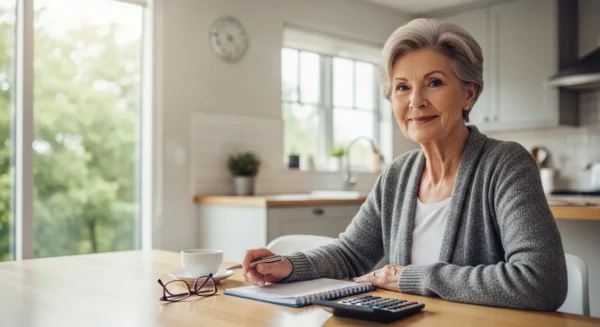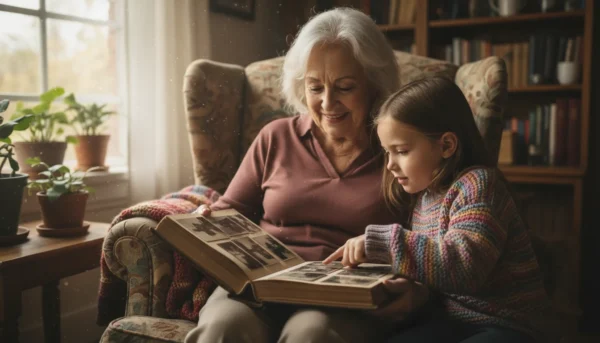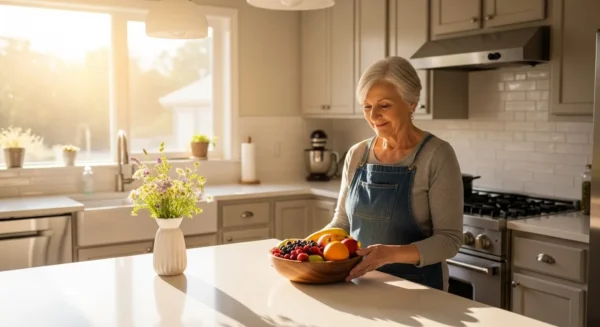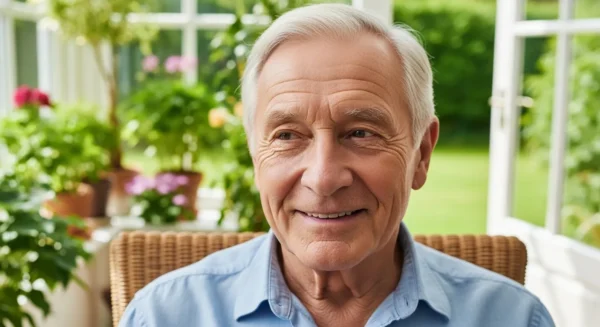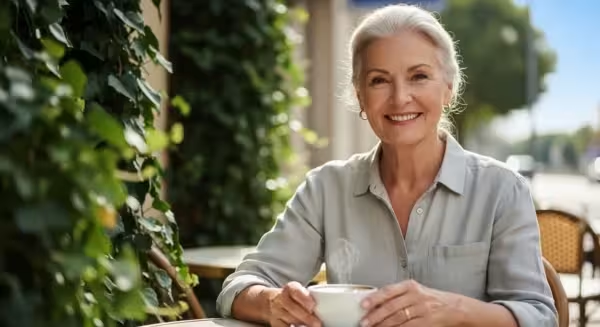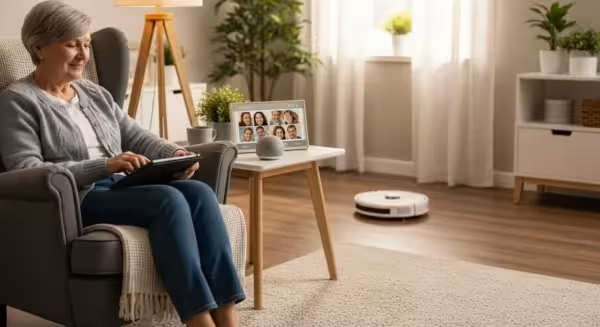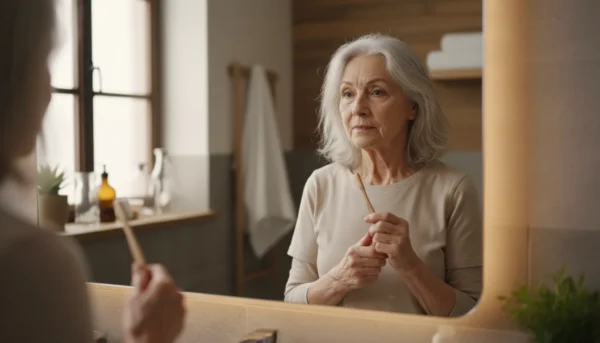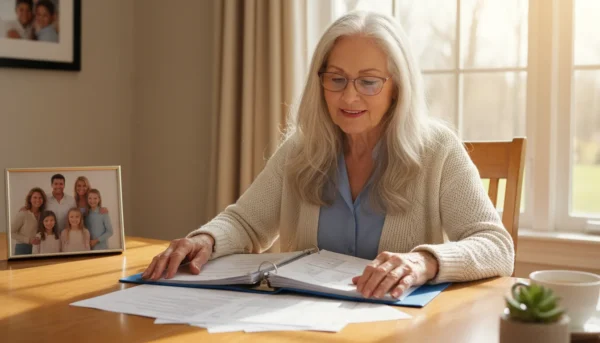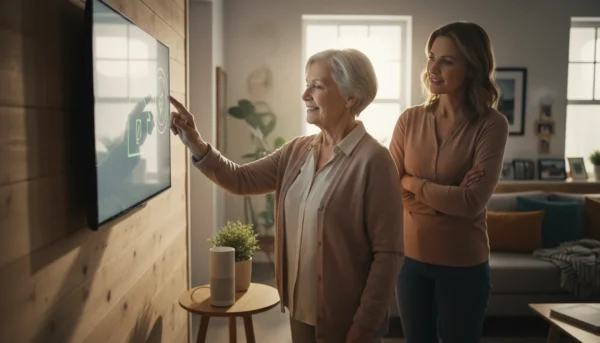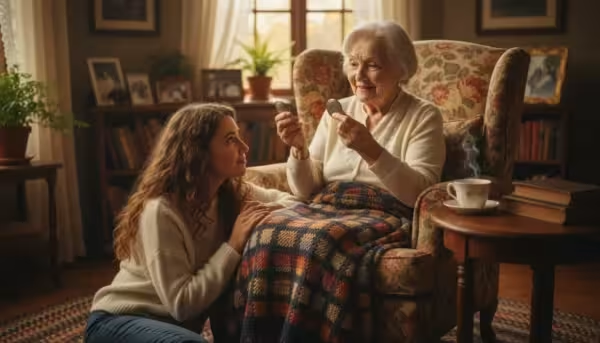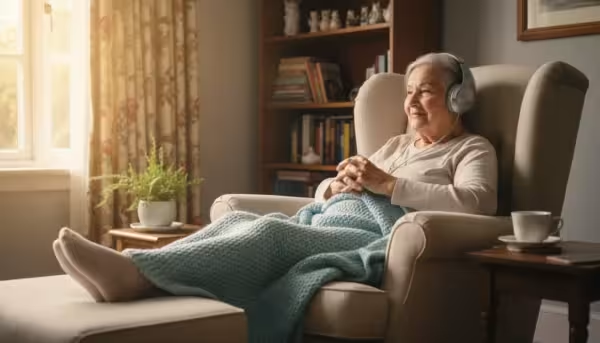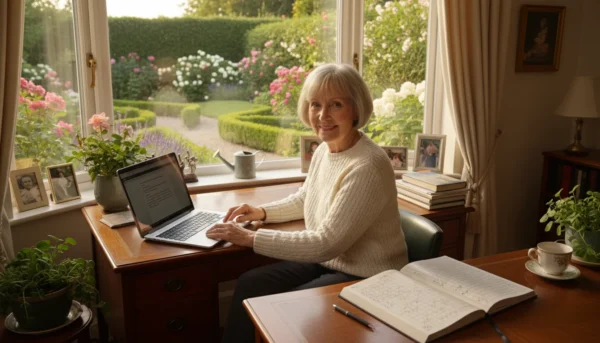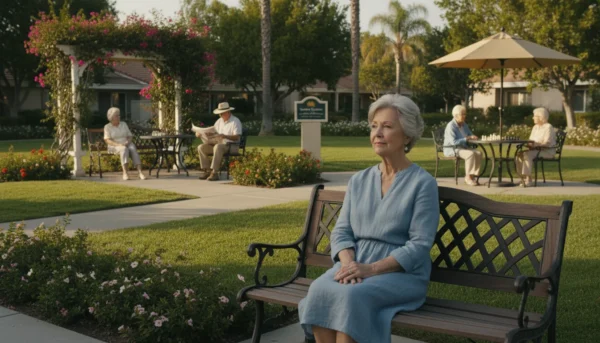My wife, Martha, and I bought our little slice of heaven, a three-bedroom ranch house on a quiet cul-de-sac, back in 1983. We raised two wonderful children here. We planted that oak tree in the front yard when it was just a sapling, and now it towers over the roof. Every scratch on the hardwood floors tells a story. For forty years, this house wasn’t just an asset; it was the heart of our family, the backdrop to our entire lives. When I retired from my teaching job ten years ago, we thought we had it all figured out. A paid-off mortgage, a decent pension, and our Social Security. We were set.
Or so we thought. What we didn’t plan for was the world getting so expensive around us. The property taxes that were once manageable started to feel like a second mortgage payment. The homeowner’s insurance premiums crept up every single year. Then came the big one: a leak in the roof that turned into a five-figure repair bill, wiping out a huge chunk of our emergency savings. Suddenly, our fixed income didn’t feel so fixed. It felt like we were treading water, and the tide was rising. We were “house rich and cash poor,” a phrase I was beginning to truly understand and resent. The home that had been our greatest comfort was becoming our greatest source of anxiety.
This is my personal story and is for informational or entertainment purposes only. It is not intended to be financial advice. Please consult with a qualified financial professional for advice tailored to your individual situation.
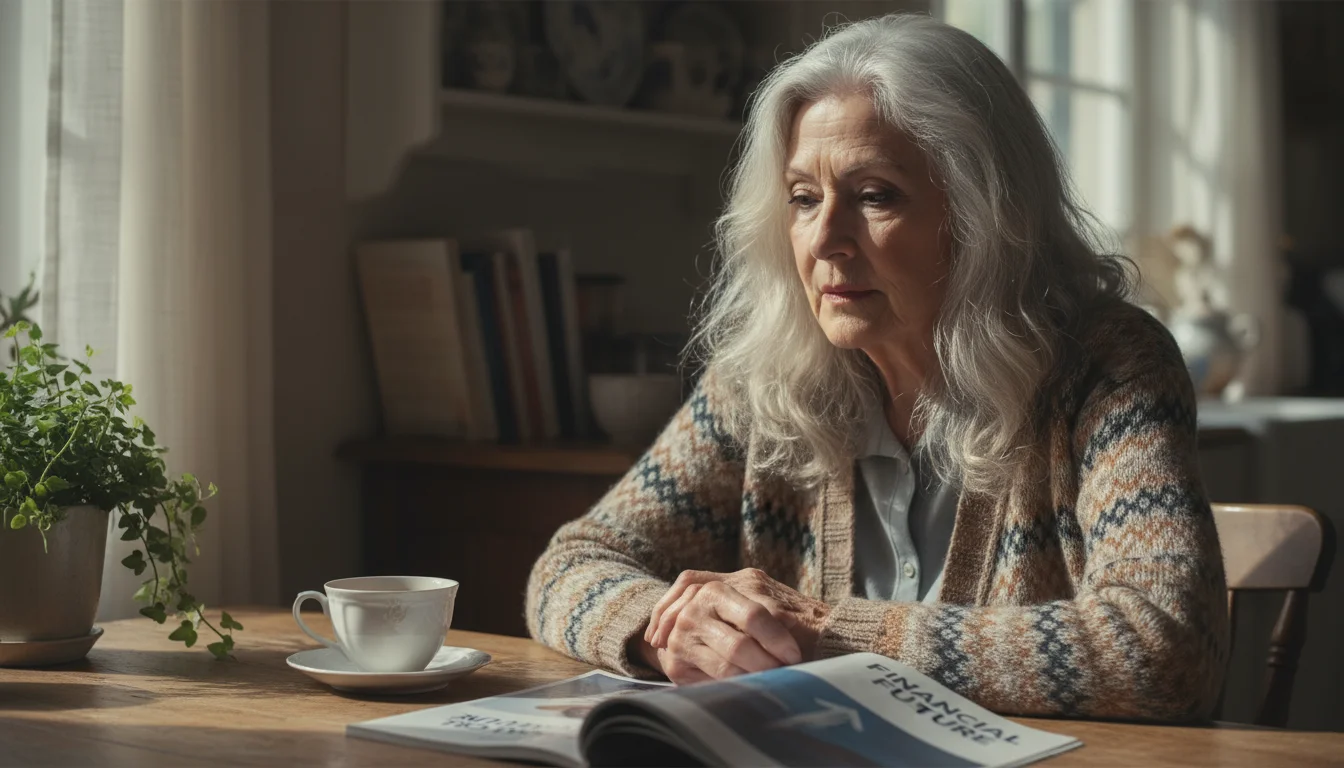
The First Time I Heard the Words ‘Reverse Mortgage’
I’m sure you’ve seen the commercials. A smiling, silver-haired celebrity talks about financial freedom in your golden years. To be honest, I always changed the channel. The term “reverse mortgage” sounded suspicious, like some kind of trick. I had vague, unsettling ideas about the bank taking your house. My father, a man of the Great Depression, always taught me one thing: you pay off your debts, and you don’t owe anyone anything, especially not on your home. His voice was a constant echo in my head.
So, I ignored the commercials. But the whispers of the idea kept finding me. A neighbor mentioned it in passing. I’d see an ad in a magazine at the doctor’s office. After we paid for the new roof, things got tight. We started cutting back on the little things—dinners out, trips to see the grandkids, even Martha’s beloved gardening budget. The joy was being squeezed out of our retirement. The final straw was a conversation at the hardware store. I was buying a cheaper brand of paint to touch up the trim, and I ran into an old colleague, Frank. We got to talking, and he confessed that he and his wife had been in the same boat a few years back. He told me, “Bob, we looked into everything. We ended up doing one of those reverse mortgages. It wasn’t what I thought it was at all. It saved us.”
That conversation stuck with me. Frank wasn’t a flashy celebrity; he was a regular guy like me. If it worked for him, maybe… just maybe… I was being too stubborn. That night, I told Martha, “I think we need to at least learn what this thing is really about.”
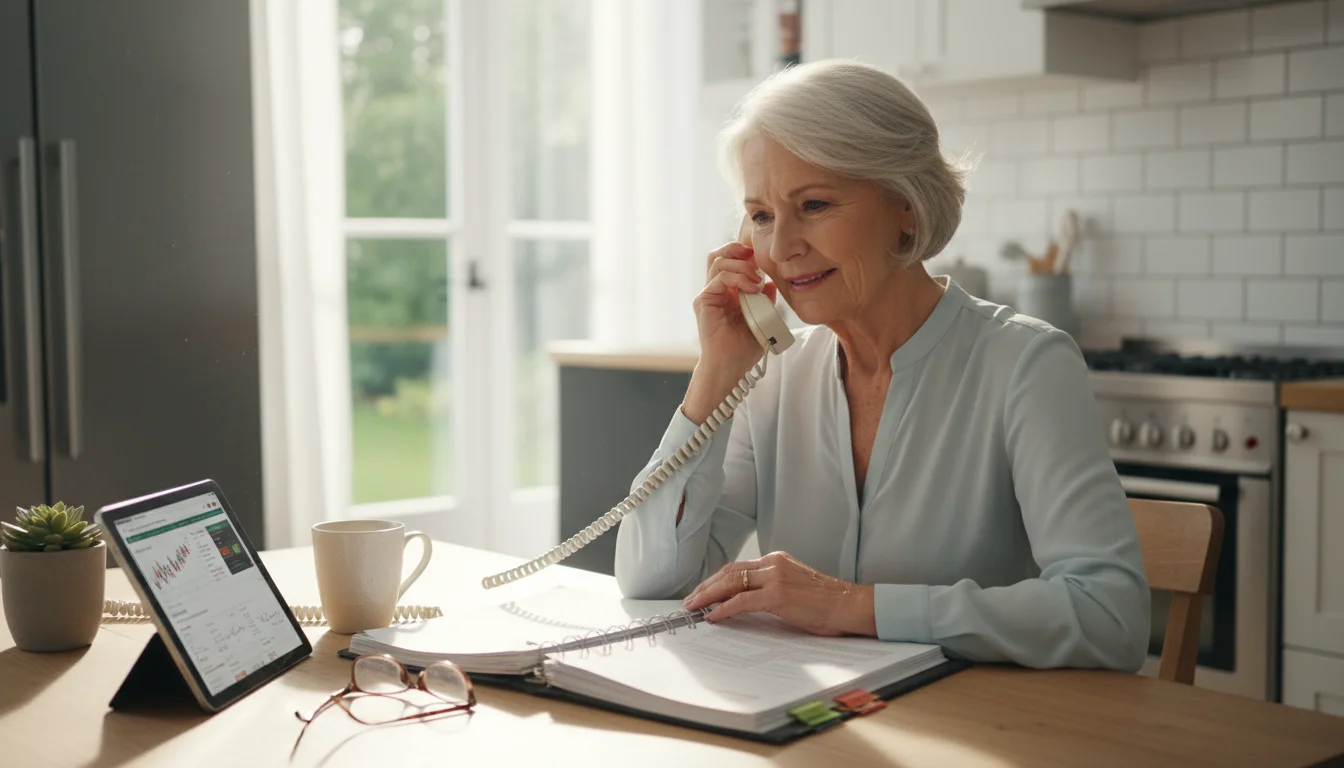
Doing Our Homework: The Home Equity Conversion Journey
We didn’t call the number on TV. Our first step was to approach it with a healthy dose of skepticism. I went to the library and the internet, and the first thing I learned was that the most common and safest type of reverse mortgage is a Home Equity Conversion Mortgage (HECM), which is insured by the Federal Housing Administration (FHA). This was a critical piece of information. The government insurance provided a layer of protection that eased some of my initial fears.
The most important thing we discovered was a requirement: before you can even apply, you have to complete a counseling session with an independent, HUD-approved counselor. This was the game-changer for me. It wasn’t a sales pitch. The counselor we spoke with over the phone was patient and thorough. He didn’t work for a lender; his job was to educate us. He explained everything—the good, the bad, and the ugly.
He laid out the pros clearly. We would retain ownership and the title to our home. We could never be forced to leave as long as we paid our property taxes, and insurance, and maintained the property. The money we received would be tax-free and wouldn’t affect our Social Security or Medicare benefits. We could receive it as a lump sum, a monthly payment to supplement our retirement income, or a line of credit we could tap into as needed. This flexibility was very appealing.
Then he laid out the cons with equal clarity. A reverse mortgage is a loan, not free money. The interest and fees get added to the loan balance over time, meaning the amount we owe grows. This would reduce the equity left for our children. The upfront costs—origination fees, mortgage insurance premiums, and closing costs—could be significant, though they could often be rolled into the loan itself. The loan becomes due when the last borrower (in our case, me or Martha) sells the home, moves out permanently, or passes away. At that point, the loan must be repaid, usually from the proceeds of the sale.
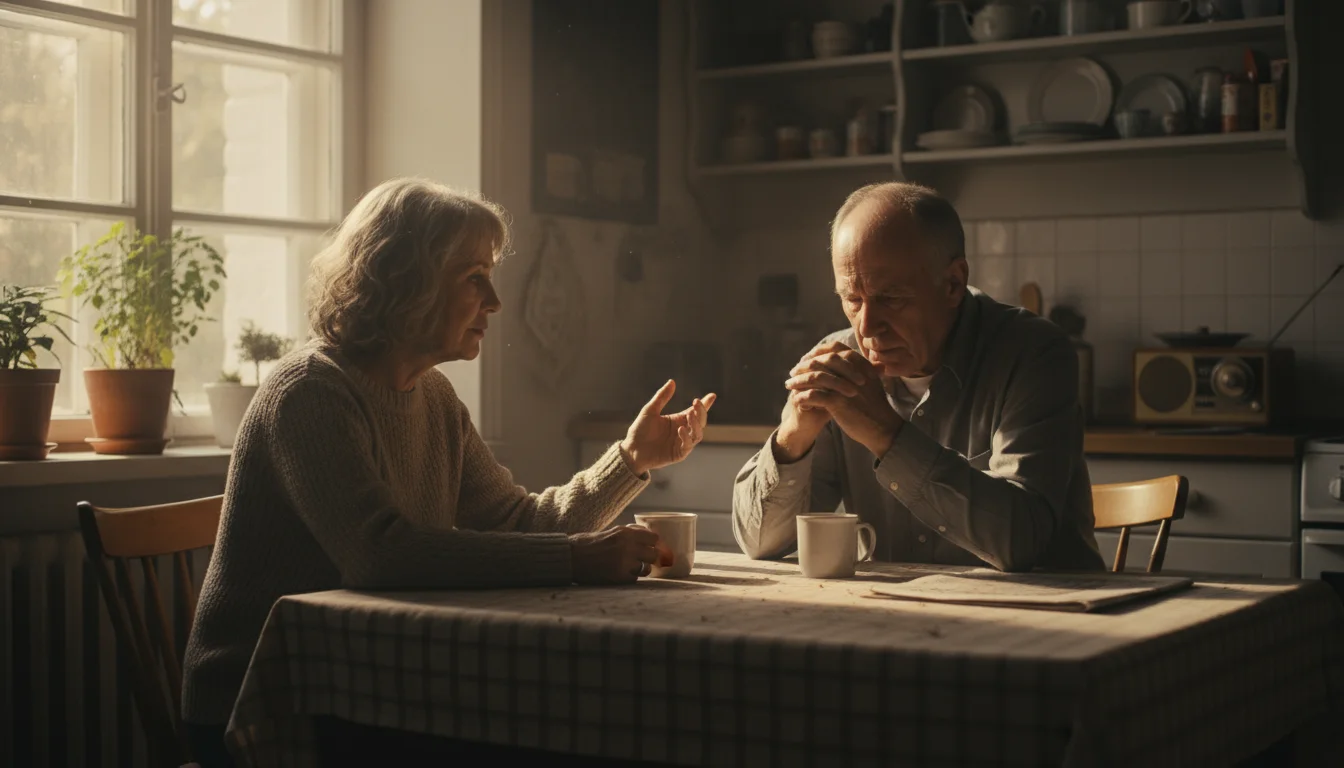
The Big Family Conversation
Armed with this information, Martha and I sat at our kitchen table for what felt like the hundredth time. But this time, it wasn’t a conversation born of anxiety; it was one of possibility. We had the facts. Now we had to look at our feelings.
“What about the kids?” Martha asked, her voice soft. “This was supposed to be their inheritance.”
It was the question that had been weighing on me, too. We had worked so hard to build this asset. But then I looked around the room. I looked at Martha’s tired eyes. I thought about the stress that had been a constant, unwelcome guest in our home for the past year. Our children were both doing well for themselves. They had good jobs and their own homes. What kind of inheritance would it be if they received a house, but their final memories of us were of parents who were stressed, worried, and unable to enjoy the lives they had built?
“Our peace of mind is an inheritance, too,” I said. “Our happiness is a gift to them.”
We decided to talk to them. We laid out all our research, explaining the pros and cons just as the counselor had for us. Our son, ever the practical one, asked a lot of tough questions about interest rates and fees. Our daughter was more focused on our well-being. By the end of the call, they were both in agreement. “Mom, Dad,” our daughter said, “we want you to be happy and secure. The house is just a thing. Your quality of life is what matters.” Their blessing was the last piece of the puzzle. It felt like a massive weight had been lifted from our shoulders.
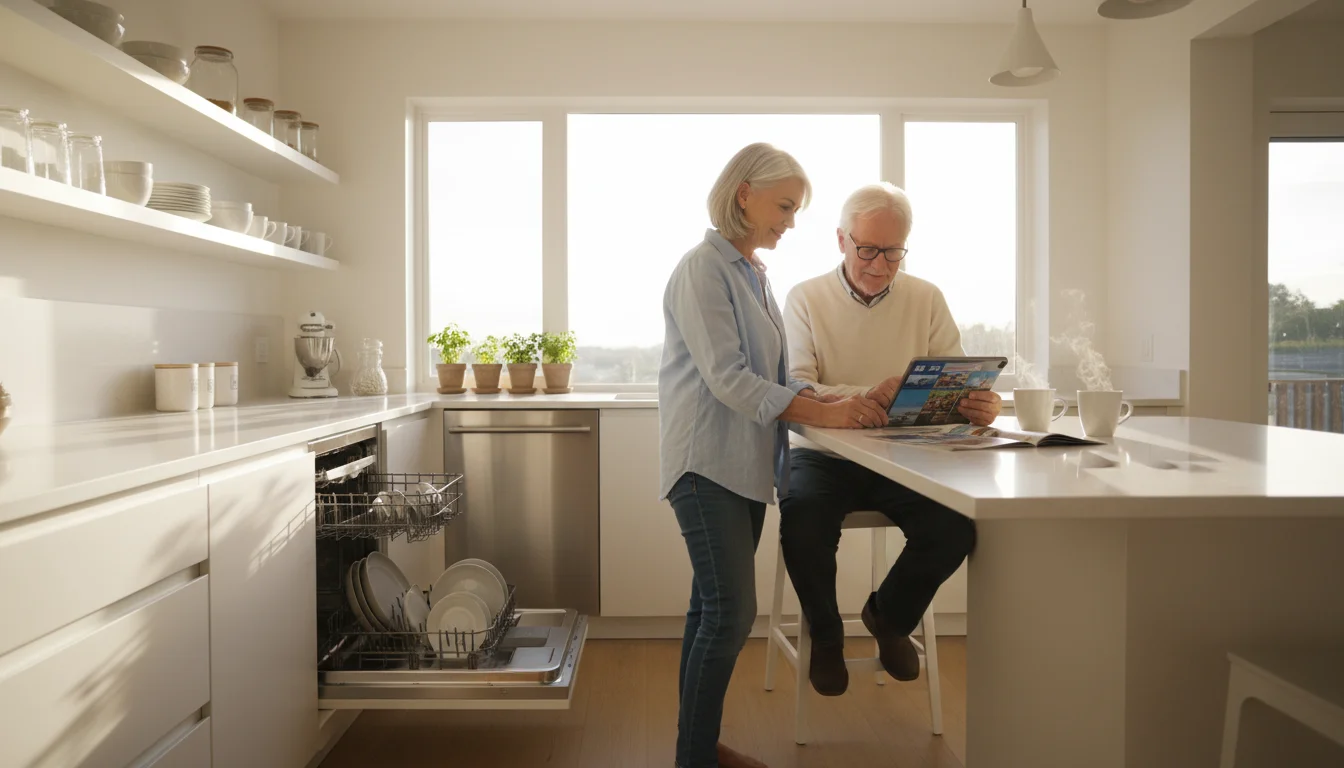
Our New Normal: More Than Just Money
We decided to go with the HECM line of credit. We didn’t want a big lump sum or a monthly payment we didn’t need yet. The line of credit felt like the ultimate safety net. We used a portion of it immediately to pay off the last of the roof loan and a nagging credit card balance that had crept up. The relief was instantaneous.
But the real change has been more subtle. Last spring, when the dishwasher finally gave up the ghost, there was no panic. No stressful calculation of which savings account to drain. We simply used our line of credit, found a good one on sale, and had it installed. When our grandkids in Colorado had their school play, we booked the flights without a second thought. Martha has completely replanted her garden, and the joy it brings her is immeasurable. The line of credit sits there, mostly untouched, but its existence has fundamentally changed our retirement. It replaced financial anxiety with financial security.
I know there are many different reverse mortgage stories out there, and some are cautionary tales. It is not a perfect solution for everyone. The loan balance is growing, and we know our kids will inherit less equity from the house. But they will inherit a legacy of parents who lived their final years with dignity, freedom, and peace of mind. For us, that trade-off was worth it. We didn’t just convert our home equity; we converted our anxiety into tranquility. And you can’t put a price on that.
For expert guidance on senior health and finance, visit American Heart Association, Benefits.gov, National Institute on Aging (NIA), Centers for Disease Control and Prevention (CDC) and Medicare.gov.
|
Fact-Checked Content
Our editorial team reviews all content for accuracy and updates it regularly. Learn about our editorial process →
|


